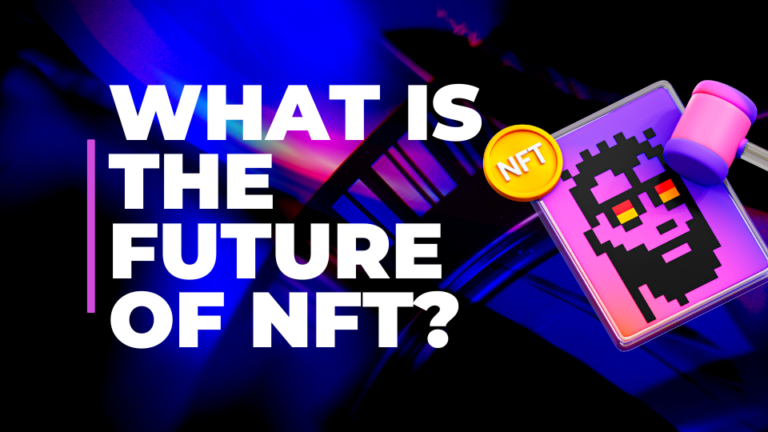Unlocking the Potential of the Future Market
The future of the NFT (Non-Fungible Token) market is an exciting and rapidly evolving landscape. NFTs have gained significant popularity and attention in recent years, transforming the way we perceive and interact with digital assets. While NFTs started primarily in the art world, their potential has expanded to various industries, including music, gaming, fashion, collectibles, and more. As we look ahead, several key trends and possibilities emerge in the future NFT market.
- Increased Adoption and Mainstream Integration: NFTs have already seen widespread adoption by artists, creators, and early adopters. However, as more individuals and industries recognize the value and potential of NFTs, we can expect increased mainstream integration. Established brands, celebrities, and institutions will likely leverage NFTs to engage with their audiences, monetize digital assets, and create new revenue streams.
- Interoperability and Cross-Platform Compatibility: Currently, NFTs are primarily associated with specific blockchain networks like Ethereum. However, future developments may focus on interoperability, allowing NFTs to be transferred seamlessly across multiple platforms and blockchain networks. This interoperability will enhance liquidity and accessibility, enabling users to freely trade and utilize NFTs regardless of the underlying blockchain infrastructure.
- Enhanced Utility and Functionality: NFTs have primarily functioned as digital collectibles and assets. However, the future of NFTs may involve increased utility and functionality. We might see the integration of smart contracts into NFTs, enabling them to perform specific actions or unlock additional content. For example, an NFT could grant access to exclusive events, virtual experiences, or in-game items, adding real-world value and utility to the token.
- Sustainable Practices and Environmental Considerations: One of the criticisms surrounding NFTs is their environmental impact due to the energy-intensive nature of blockchain mining. In the future, we can expect a push for more sustainable practices within the NFT market. This could involve the adoption of eco-friendly blockchains, such as proof-of-stake (PoS) instead of proof-of-work (PoW), which reduces energy consumption and carbon footprint.
- Regulatory Framework and Consumer Protection: With the burgeoning popularity of NFTs, regulatory bodies will develop frameworks to protect consumers and establish guidelines for market participants. Regulations will aim to ensure transparency, mitigate fraudulent activities, and establish standards for tokenized assets. Striking the right balance between innovation and consumer protection will be crucial for the sustainable growth of the NFT market.


